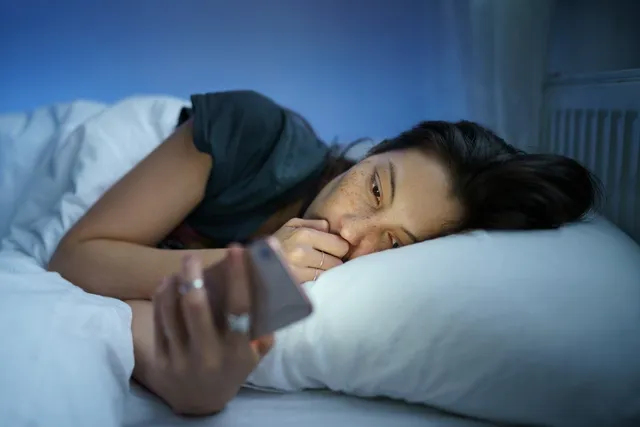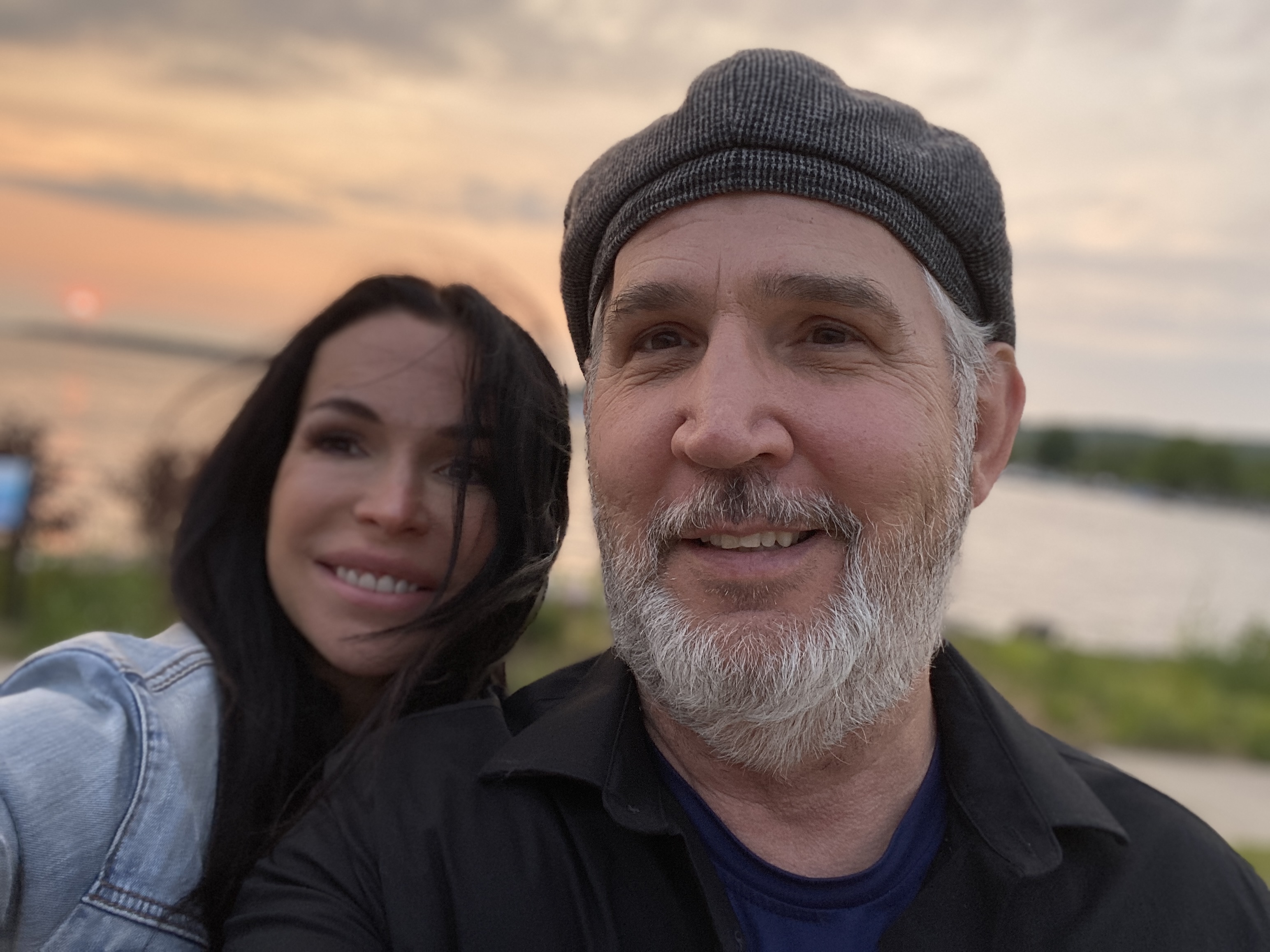Cities That Don’t Sleep: How Urban Insomnia Affects Its Environment

Modern urban environments create unprecedented challenges for human sleep architecture. Beyond light pollution, the complex interplay of environmental, social, and technological factors fundamentally alters how our brains process sleep signals. Recent scientific research reveals how city living rewires our bio-electrical brain systems, creating sleep disruption patterns passed on through our genetic memories.
The Urban Sleep Crisis
Major cities worldwide demonstrate striking patterns of population-wide sleep disruption. Neuroimaging studies from metropolitan areas reveal concerning trends:
New York City: The city that famously never sleeps shows alarming sleep statistics:
- 68% of adults report chronic sleep disruption
- Average sleep duration: 6.1 hours
- Cortisol levels are 40% higher than suburban counterparts
- Children show delayed sleep onset by an average of 47 minutes
London: Research from the UK Sleep Foundation reveals:
- 72% of central London residents experience fragmented sleep
- Night noise levels exceed WHO recommendations by 300%
- Teen sleep patterns show a 90-minute phase delay
- Workplace productivity losses are estimated at £40 billion annually
Paris: French sleep research indicates:
- 64% of Parisians report insomnia symptoms
- Average sleep quality is 35% lower than in rural areas
- Children’s cognitive performance shows a 25% reduction
- Stress-related sleep disorders have increased by 80% since 2010
Berlin: German Sleep Science Centers report:
- 58% of residents experience chronic sleep disruption
- Artificial light exposure 400% above biological thresholds
- Adolescent sleep debt averages 2.3 hours nightly
- Correlation with increased anxiety disorders: 65%
The Neurological Impact
A leading urban sleep researcher, Dr. Elena Rodriguez, explains: “City environments wreak havoc on the brain’s sleep architecture. The combination of incandescent and LED light, perpetual noise pollution, and social acceleration fundamentally alters how our neural circuits process sleep signals.”
fMRI brain imaging reveals specific urban-related sleep disruptions:
Adults
- Reduced melatonin production: 45%
- Increased neural hyperarousal: 60%
- Disrupted slow-wave sleep: 35%
- Altered dream architecture: 40%
Teenagers
- Delayed circadian phase: 90 minutes
- Reduced REM sleep: 25%
- Increased sleep onset latency: 42 minutes
- Compromised memory consolidation: 30%
Children
- Attention regulation difficulties: 55%
- Emotional processing disruption: 40%
- Growth hormone disruption: 25%
- Learning capacity reduction: 35%
Suburban Sleep Patterns
Contrary to expectations, suburban environments present their sleep challenges:
American Suburbs: Research from major metropolitan areas shows:
- Commuter stress increases cortisol by 50%
- Light pollution affects 85% of suburban areas
- Children’s outdoor evening activity reduced by 65%
- Screen time exposure increased by 200%
European Suburban: Trends Studies indicate:
- Sleep quality is 25% better than in urban centers
- Natural light exposure is still 40% below optimal
- Teen sleep patterns show a 45-minute phase delay
- Family sleep habits are more synchronized
The Technology Factor
Urban and suburban environments share a common sleep disruptor: technology saturation. Modern cities create unprecedented exposure to sleep-disrupting devices:
Digital Impact
- Blue light exposure: 300% above biological thresholds
- Social media engagement peaks during optimal sleep hours
- Device-checking behavior disrupts 70% of sleep attempts
- Work-related screen time extends into traditional rest periods
The Sleep Recovery Solution
The Sleep Recovery Program addresses urban sleep disruption through sophisticated intervention protocols:
Intrinsic/Extrinsic Environmental Reductions
- Light exposure management
- Sound pollution mitigation
- Brainwave entrainment therapy
- EEG-based anxiety reduction
Neurological Rehabilitation
- Brainwave pattern normalization
- Melatonin production support
- Environmental stress response reduction
- Sleep architecture restoration
Success Stories

Sarah, Manhattan Executive: “Living in New York, I accepted poor sleep as inevitable. The Sleep Recovery Program showed me otherwise. By addressing both environmental and neurological factors, I’ve achieved consistent, quality sleep despite the city’s chaos.“
The Simpson Family, London Suburbs: “Our children’s sleep patterns had completely deteriorated. The program helped us understand how suburban living affected their sleep and provided practical solutions. The improvement in their academic performance and emotional stability has been remarkable.“
Thomas, Berlin Tech Professional: “Working in technology while living in a major city created the perfect storm for insomnia. The program’s comprehensive approach helped me maintain healthy sleep patterns despite urban pressures.”
Looking Ahead
Understanding urban sleep disruption as a public health challenge rather than a personal failure opens new possibilities for intervention. Sleep Recovery’s success in helping city dwellers maintain healthy sleep demonstrates the potential for effective solutions even in challenging environments.
For those navigating life in stress-filled cities, remember that poor sleep isn’t inevitable. Quality rest remains achievable even in the most demanding urban environments with appropriate support and intervention.
The future of urban sleep health requires addressing both individual and systemic factors. As cities grow, integrating sleep science into urban planning and public health policy becomes increasingly crucial for population wellbeing.
Hope for Urban Rest
By understanding and addressing the competing factors affecting urban sleep, we can create routes to restorative rest even amidst the worst metropolitan chaos.
References:
- The City Doesn’t Sleep: Community Perceptions of Sleep Deficits and Disparities. https://pmc.ncbi.nlm.nih.gov/articles/PMC6843266/#:~:text=Beatty%20et%20al.,stress%2C%20including%20potential%20racial%20discrimination.
-
Neighborhood green space, perceived stress, and sleep quality in an urban population. https://www.sciencedirect.com/science/article/abs/pii/S161886672030580X
- Do the environmental perception characteristics of urban residential areas affect residents’ sleep quality? https://www.frontiersin.org/journals/public-health/articles/10.3389/fpubh.2022.1017790/full
- The effect of auditory stimulation using delta binaural beat for better sleep and post-sleep mood: A pilot study. https://pmc.ncbi.nlm.nih.gov/articles/PMC9125055/
- Study protocol to support the development of an all-night binaural beat frequency audio program to entrain sleep. https://www.frontiersin.org/journals/neurology/articles/10.3389/fneur.2023.1024726/full
